If you hear the words ‘NHS mail’ or ‘NHS letter’, what do you imagine? For most, it’s that signature envelope with the NHS logo, along with a bright blue ‘private and confidential’ strapline.
And it’s no surprise that the majority of us know exactly what these envelopes look like. The NHS send hundreds of millions of letters per year, so it’s likely you’ve received at least one NHS letter in the past, especially during the pandemic, where 47 million letters were sent alone.
These letters have become a staple in the healthcare in which we receive, acting as a way to engage with your practice or local hospital on a personal basis. From sending test results, appointments, referrals, healthcare updates and important notices, receiving a letter through your door from the NHS invokes a reaction unlike any other mail.
Healthcare communications often present patients with crucial health information, with research showing that 65% of NHS mail is appointment related information, followed by 15% that’s a notification/reminder*.
Research has identified that good communication skills are a key factor in ensuring better patient outcomes and nurturing patient satisfaction. Regular communication with patients can assist with the arrangement of treatments, help with managing chronic disease and improve the overall quality of care.
In reverse, NHS studies have highlighted that when information is unclear, it can create a great deal of anxiety for patients and carers and have a negative impact on their experience. It can also put patient safety at risk for many reasons, including; lack of information, misinterpretation and overlooked changes in status.
One of the most beneficial things about using a letter to communicate with patients is that you can include a lot of information in it, as opposed to an SMS where you are restricted to a certain number of characters. Being able to include a larger amount of information increases the chances of the patient having everything they need to know in one document, so reduces the amount of calls to the practice or the hospital for clarification on anything. This is particularly essential as practice and hospital phone lines are constantly busy and patients can struggle to get through to somebody.
Letters also evoke trust, with patients more likely to trust a letter on official letterheaded paper than they are an SMS with a link on it from a number that they do not recognise. It can be the difference between someone attending or not attending a vital appointment.
One challenge that the health industry face is to reduce the number of people not attending their appointments, otherwise known as DNAs (Did Not Attend). The letter is a proven way to do this, as it stays live in households, acting as a reminder for the patient. It can be pinned to the fridge, or somewhere that the person wouldn’t forget.
NHS mail has the power to drive results, and this is supported by the statistics* surrounding it.
For these communications to be understood and resonate with the end audience it’s important that they’re easy to read and understandable, as well as digestible. Often, these communications provide direction for patients and can be the reason they feel supported.
This can be done in a range of ways, such as enhancing the envelope. From the signature bright blue logo grabbing the recipient’s attention, to straplines on the envelope stating the letter is ‘important’ or ‘private and confidential’, recipients will immediately recognise who the letter is from and will be more likely to open it.
When it comes to the letters itself, having clear headers allows the information to be broken down, so the reader can digest the information in their own time.
The inclusion of maps, flyers and booklets enables recipients to have a further understanding and answer any additional questions they may have, reducing the calls back into the various healthcare departments.
With the average doctor having 1,700 patients assigned to them, there are often great amounts of information to relay, often with different messaging for each person. Whether that’s an appointment letter, reminder, results or general practice updates, such as a change in Doctor.
The creation of these communications can often be time consuming and challenging for an already stretched NHS, so it is likely that the printing and posting of these communications are outsourced over being managed on house.
This can be done by adopting hybrid mail solutions, like Docmail.
Our hybrid mail toolkit, Docmail, is the modern digital mail solution that allows medical practices to manage all their patient communications in one account. In just a few clicks you can send appointment invitations, reminders, results and referrals to us, where we then print, enclose and dispatch them the next working day.
With the ability to add merge tags to your documents, practices can upload a single letter and an address list, where we will then print, enclose and post each patient communication on your behalf. Not only saving valuable time, but reaping the benefits that mail has on patients.
It also reduces the need for in-house resources, such as paper. With the estimated annual cost of paper storage is between £500,000 and £1million for each NHS Trust, it could save on the cost to store paper and also the cost of the paper itself.
To find out more about Docmail, visit: https://www.cfh.com/solutions/hybrid-mail/
*(Source: JICMAIL: Kantar item data Q32017 – Q42022, NHS sample =7349)
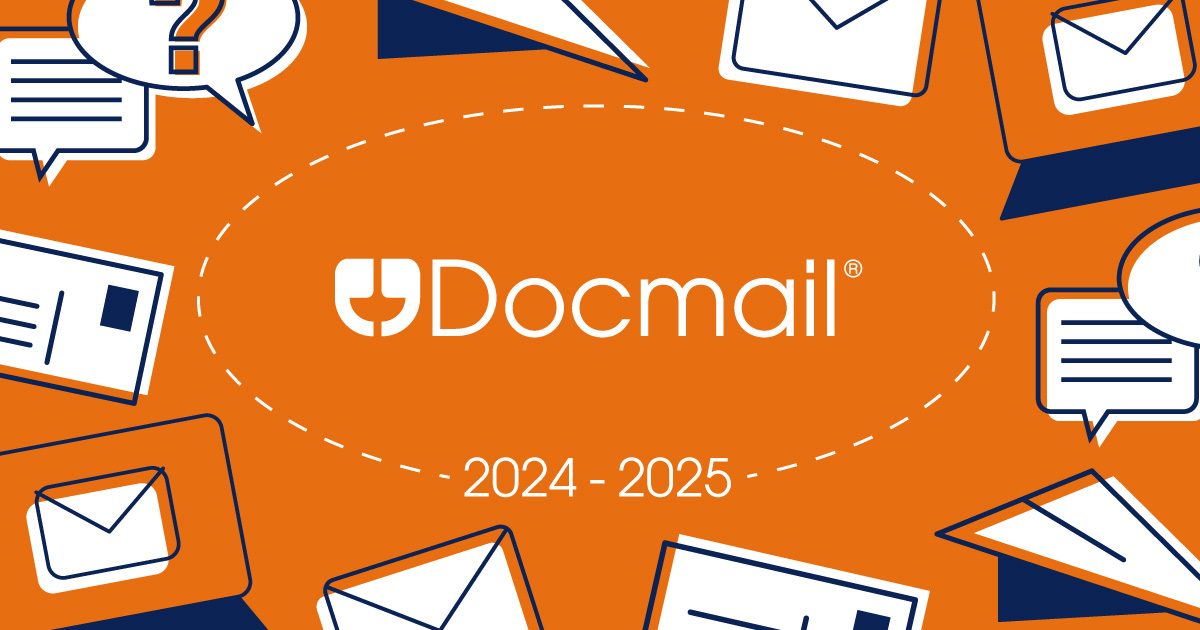
Structured Credit Communications For Leading Agri-Food Organisation
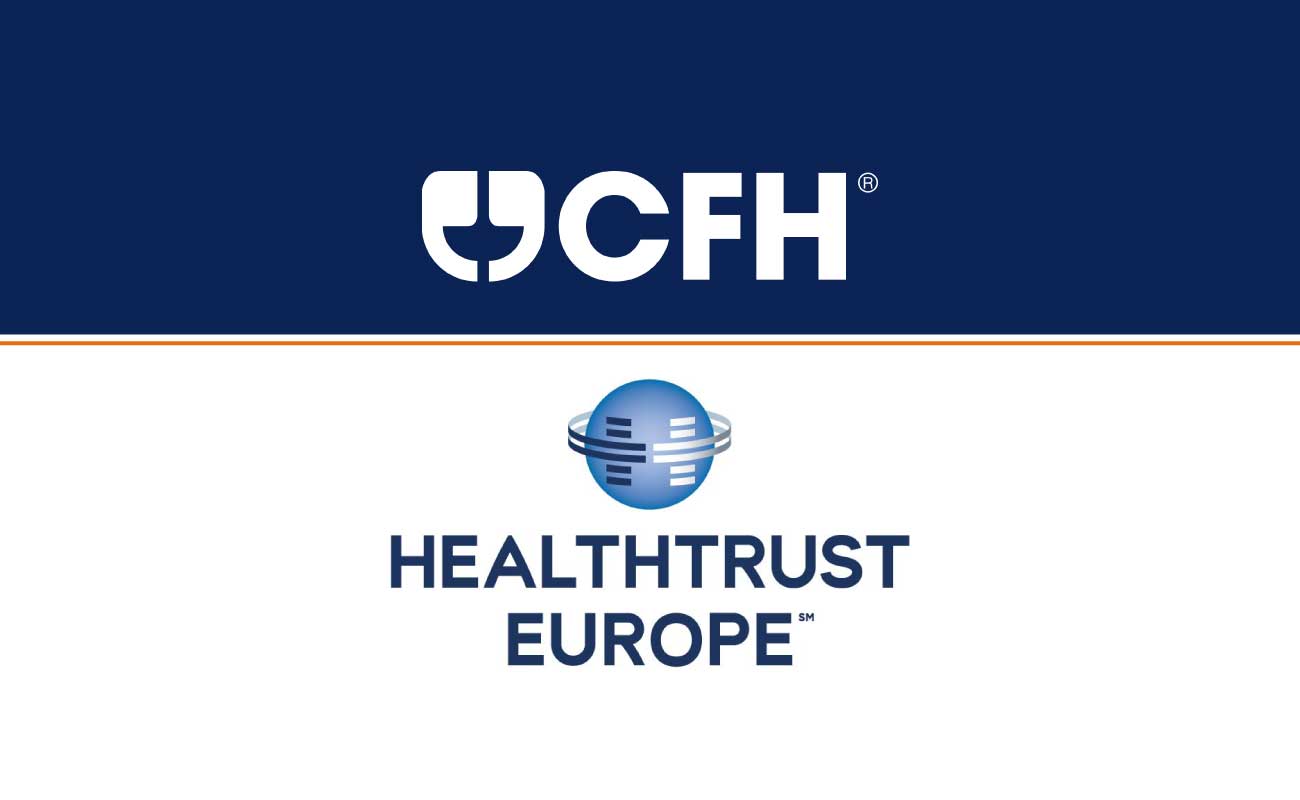
Surrey County Council Sought to Optimize Print/Post Services Across Departments. We Helped Transform Their Services With Our Industry Expertise.
The block management software providers at Blocks Online experienced considerable growth upon integrating a reliable mailing method and API connection.
Transitioning to new postal options gave Croydon Health Services NHS Trust more flexibility in how they communicate with their patients.
Keen to adopt a more efficient way of printing, packing and posting their time-sensitive paper communications, High Mill has embraced the Docmail Print Driver.
Simplified Patient Communication For Lung Health Check Programme



Looking to streamline the process of sending crucial patient communications, CFH ensure accuracy and timeliness of delivery for LLR Patient Care Locally.



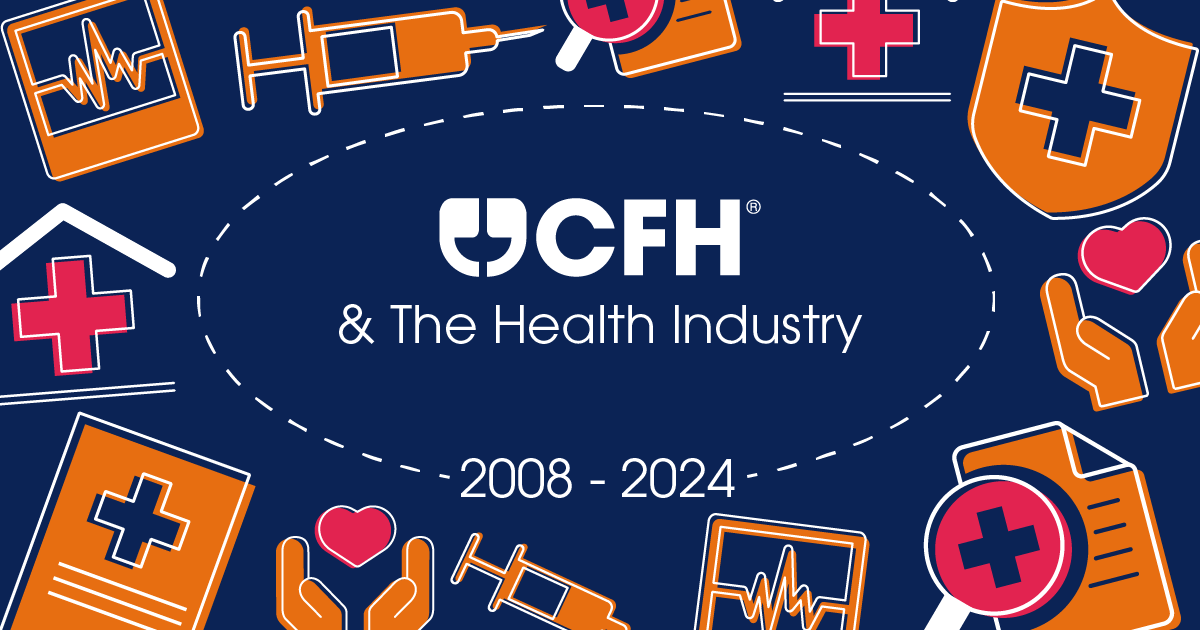
Fife-based Electricity Asset Services, specializing in electrical and civil engineering, employs CFH's Docmail system for improved communication with Scottish Power and staff.

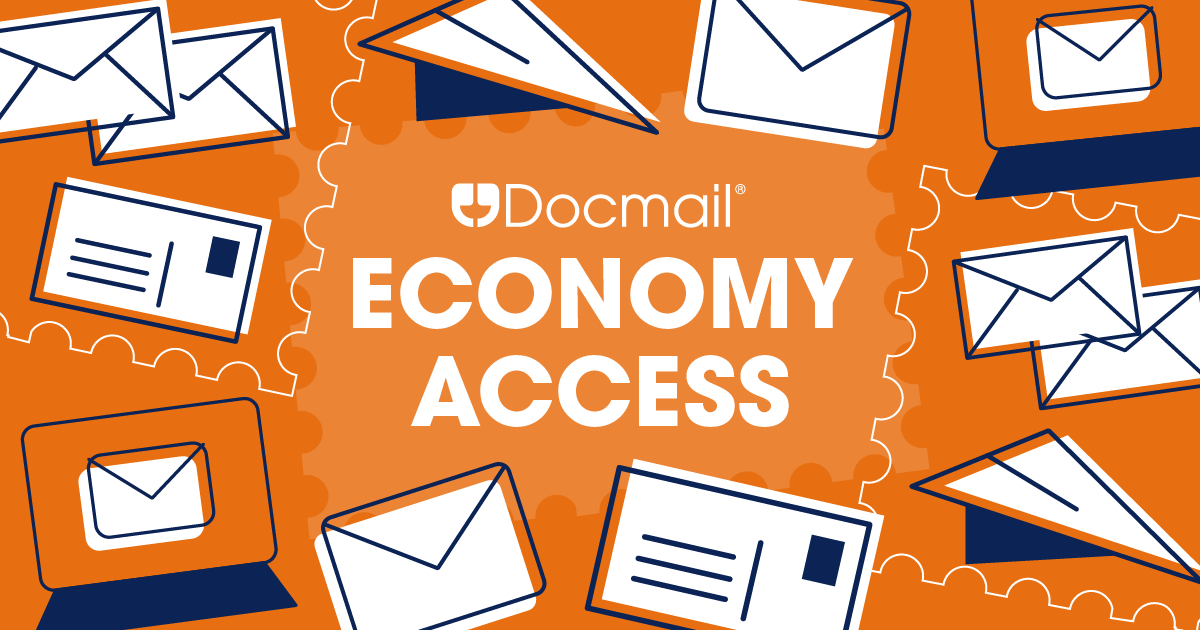


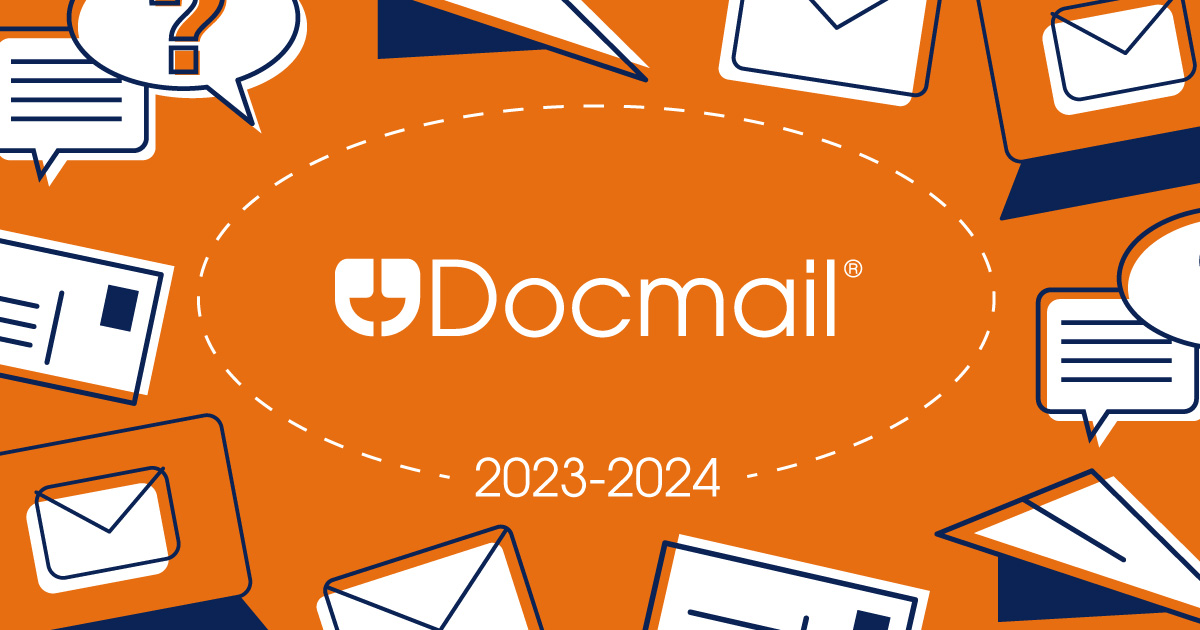







Docmail, saving valuable time and money while supporting the NHS Long Term Plan, across 110 surgeries and a combined 1 million patient cohort.